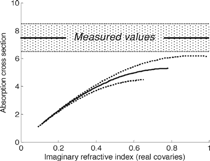Figures & data
TABLE 1 Discussions that contribute to understanding of absorption by LAC
FIG. 2 Idealized relationships between absorbing and nonabsorbing material. (a) External mixture: a heterogeneous population of internally homogeneous particles. (b) volume averaged mixture: a homogeneous population of internally homogeneous particles. (c) Heterogeneous particle composition and population. Both (b) and (c) have been called “internal mixtures”.
FIG. 3 Imaginary refractive index predicted by the dispersion model with the parameters of CitationLee and Tien (1981) and CitationDalzell and Sarofim (1969). The figure differs from that of Lee and tien because it is evaluated at 300 K instead of flame temperature. See the text (Section 4.2.2, 7.2.2, and 7.6) for caveats on the use of the dispersion model to represent flame generated carbon.

FIG. 4 Volume absorption cross section versus diameter. Refractive index is 1.56–0.47i from CitationDalzell and Sarofim (1969), wavelength is 550 nm. These results are often divided by the particles' material density and presented as mass absorption cross section. (We favor other refractive indices to represent pure LAC; see Section 7.)
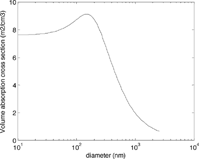
FIG. 5 Contour plots of volume absorption cross section at a wavelength of 550 nm, as a function of (a) diameter and imaginary refractive index, assuming a real refractive index of 1.55; and (b) diameter and real refractive index, assuming an imaginary refractive index of 0.55. These refractive indices are similar to those measured for LAC (see ). The calculations are for a narrow polydispersion of particles (geometric standard deviation of 1.1). Choosing a polydispersion eliminates some of the Mie “wiggles that are observed in true monodispersions but are likely never found in atmospheric aerosol.
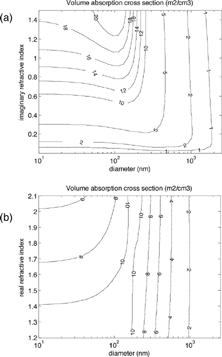
FIG. 6 Ratio between predictions of Rayleigh-Debye-Gans aggregate theory and Mie theory for two particles of equivalent mass. Where no contours appear, ratio is constant. Assumptions: real refractive index 1.55, primary spherule diameter 25 nm, wavelength 550 nm.
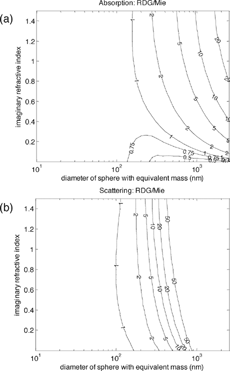
TABLE 2 Direct methods of measuring absorption by particles
TABLE 3 Correction factors for absorbing particles collected on filter
TABLE 4 Published values of LAC refractive index
FIG. 7 Refractive indices from . Numbers on each data point refer to reference numbers in the table. Curve marked “void fraction” assumes that LAC has a single refractive index and that variation can be expressed by the Bruggeman effective-medium theory. Curve marked “graphitization" shows variation in refractive index of carbon containing different sp2-bond content. See text in Section 7.2.3 for further explanation.
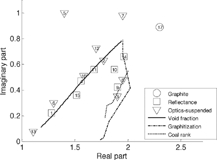
TABLE 5 Refractive indices that lie along the upper void-fraction line in , for 550 μm
FIG. 8 Comparison of mass absorption cross sections tabulated (a) in previsous reviews, showing large variability, and (b) in this review for near-source measurements, with much smaller variability. Legend in Figure 8a: (1) Traceable to value reported. (2) Not traceable to value reported.
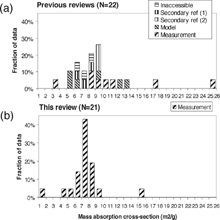
TABLE 6 Published values of LAC refractive index: original inferences, derived values and secondary references
TABLE 7 Measured values of single-scattering alberdo from fresh combustion aerosol
FIG. 9 Mass absorption cross sections m2/g for fresh LAC: measured values from (shaded region, with central estimate marked by a thick line), and calculated values using the best guess of refractive index for fully-graphitized carbon; see . Central curve shows “void-fraction” line in (approximately 1.8–0.74i); higher and lower curves are similar “void-fraction” lines assuming that pure LAC has refractive indices of 2 − 1i and 1.96 − 0.66i. The latter two values are not expected to represent atmospheric LAC, as discussed in text. Assumed density is 1.8 g /cm3.
